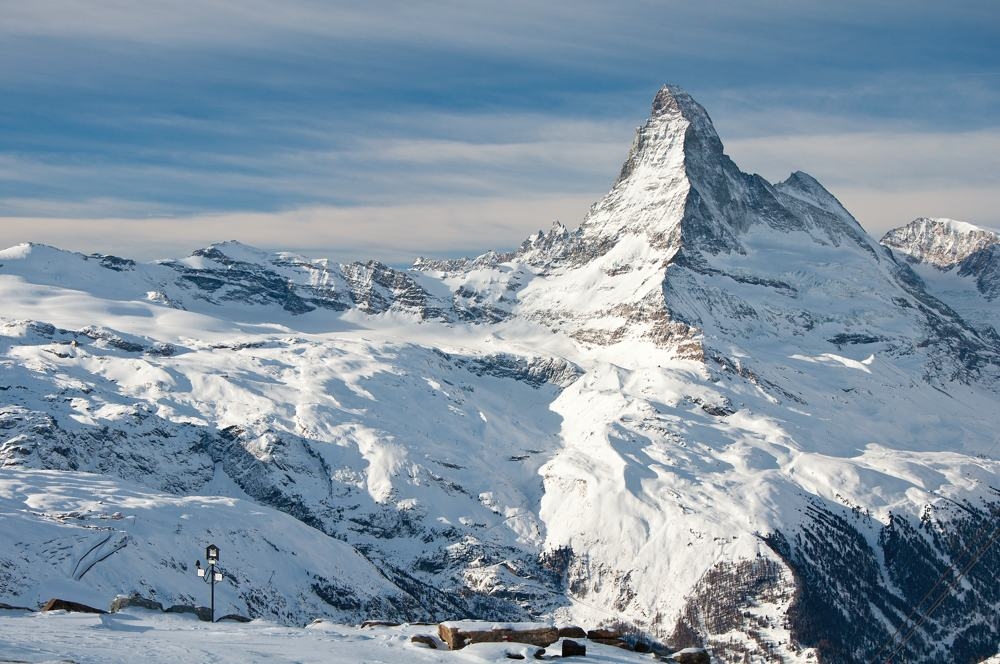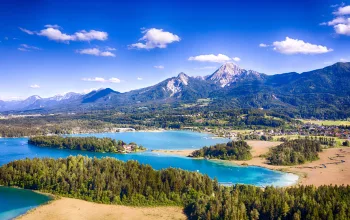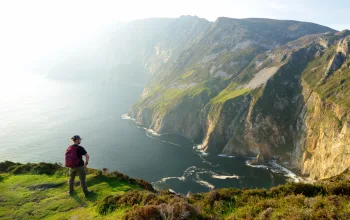Whymper shared the achievement of reaching the summit first with the local Zermatt guide, frenchman Michel Croz, after the pair literally raced the last few metres for the summit, arriving at the top in a dead heat to share the glory.
Standing on the border between Switzerland and Italy, this pyramid-like peak – and Zermatt below it – has been at the centre of Alpine mountain sports since they first became fashionable for adventurous Victorian Brits in the 1860s.
Previously thought to be unclimbable, the steep rock-walled mountain was not conquered until Whymper finally reached the summit on July 14, 1865 on his eighth attempt. Climbing the mountain had become a personal obsession for the artist-turned climber, and his successful attempt was only days ahead of a rival Italian expedition.
After camping for the night, roughly where the Hörnli Hut is situated now, Whymper and his party reached the top at 1.40pm via the Hörnli ridge – a route which had been previously avoided due to its apparent difficulty, but which actually turned out to be much easier than the alternative Italian ridge.
As Whymper and Croz reached the top, the Italian party were still 400 metres below on the more technical Italian ridge, and when they saw they had been beaten to the summit, they halted their ascent and went back down to Breuil.
Unfortunately Whymper’s descent of the mountain did not go so well. His group was actually the combination of his and another party, which contained the famous climbing churchman Reverend Charles Hudson and his young and inexperienced companion, Douglas Robert Hadow, who had hired the French Guide Michel Croz.
It was on descending the Hörnli ridge, that one of the four men leading the descent – Croz, Hadow, Hudson and Douglas fell, dragging the others down the north face, ultimately to their deaths. Taugwalder senior, his son, and Whymper were left alive because the rope linking them to the other four snapped.
Eventually, after another night on the mountain, Whymper and the Taugwalders made it back down to Zermatt. This final, fatal ‘conquest’ of the alpine peaks is seen as marking the end of the ‘Golden Era of Climbing’ from 1854 to 1865.
Throughout 2015, events and festivites in Zermatt will mark the 150th anniversary of the ascent of the last great alpine 4000m peak. zermatt.ch




















